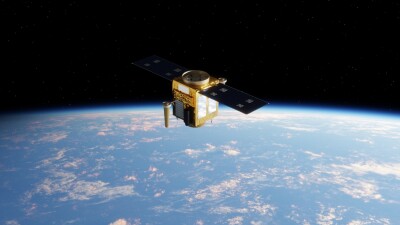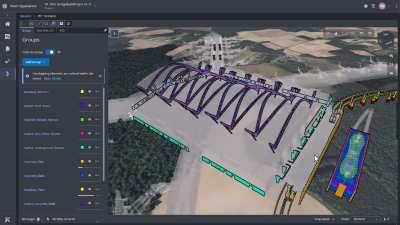Planet Labs PBC, a leading provider of daily data and insights about Earth, today announced it has signed a multi-year data-license agreement with Carbon Mapper, Inc. to provide hyperspectral core imagery to the non-profit and its partners until 2030. The $20 million agreement is made possible by initial funding led by a major climate philanthropy. Carbon Mapper, Inc. has been a key partner to Planet in developing the Tanager hyperspectral constellation, and this contract extension marks an important step in the continuation of the coalition’s shared mission to help improve understanding of and accelerate reductions in global methane and carbon dioxide (CO2) emissions.
“Securing this continued partnership with Planet will help Carbon Mapper deliver high resolution methane and CO2 super-emitter data to decision makers around the globe,” said Riley Duren, Carbon Mapper’s Chief Executive Officer. “In particular, this agreement lays the groundwork for further expansion of the constellation of Tanager satellites and the extension of Carbon Mapper’s mission to make methane and CO2 visible in a transparent fashion through our public data portal.”
“We are on the verge of being able to precisely characterize facility-scale methane emissions across the globe,” said Mark Keremedjiev, Planet’s Mission Director for the Tanager Hyperspectral Mission. “We believe the Tanager constellation will help enable real action in the fight against climate change and this contract extension with Carbon Mapper ensures our ability to provide uniquely powerful data for the long term.”
The first Tanager satellite is planned to launch in 2024 and is designed to capture hyperspectral imagery across the visible and shortwave infrared regions (VSWIR). This contract marks an extension to an existing data-license agreement between Planet and Carbon Mapper. The multi-year extension covers 2026 to 2030. Beyond methane detection and CO2 measurements, Tanager data are planned to address a wide-range of potential use cases across commercial, civil, and defense applications.
Source: Planet Labs






